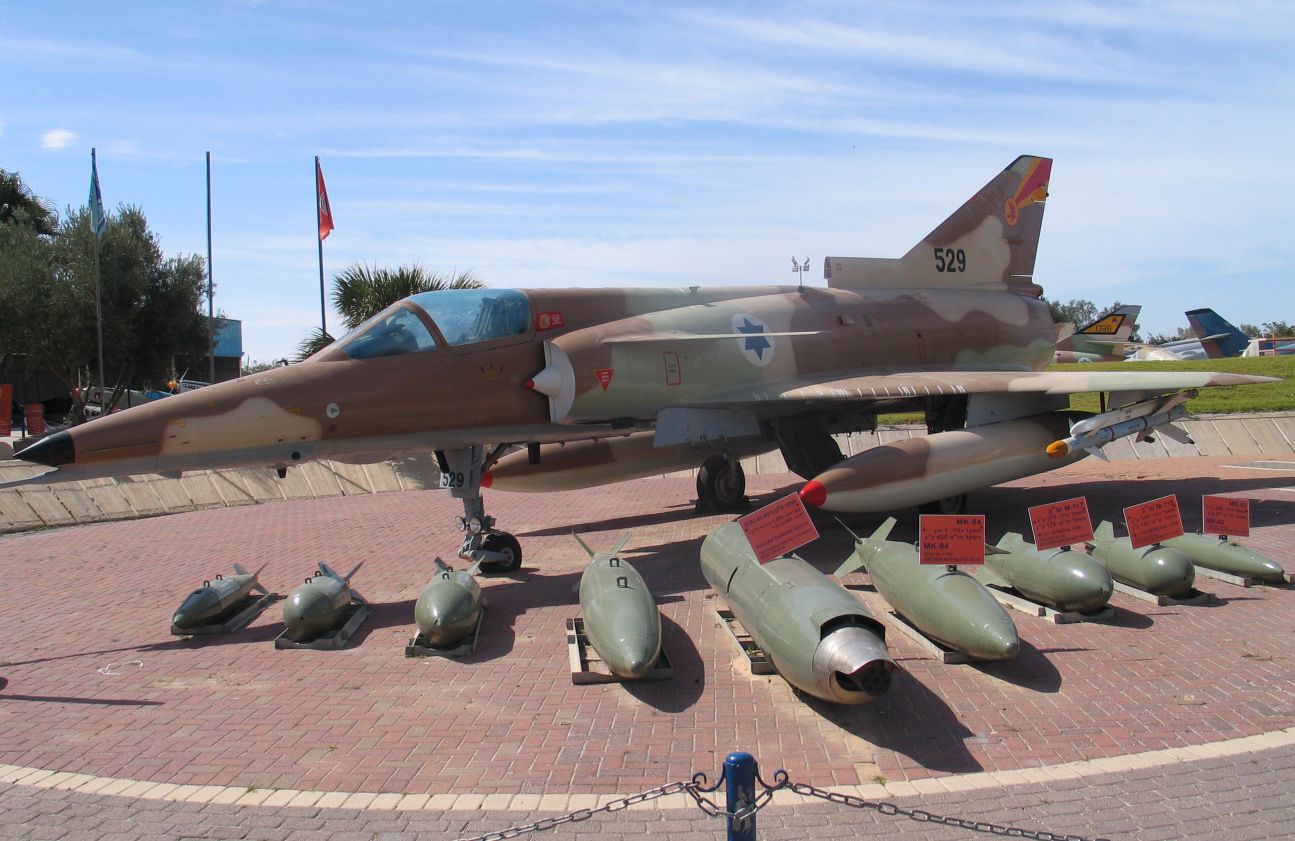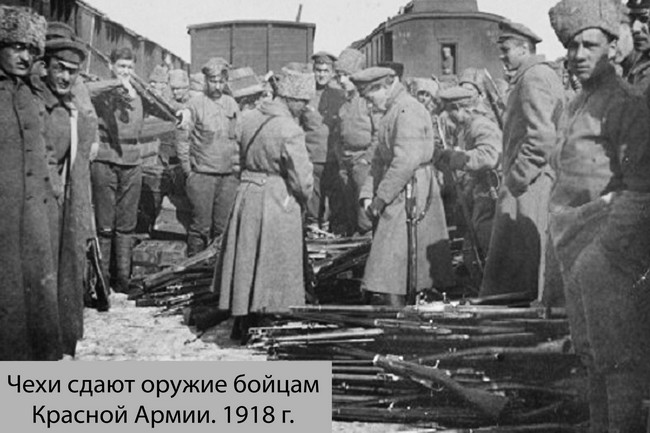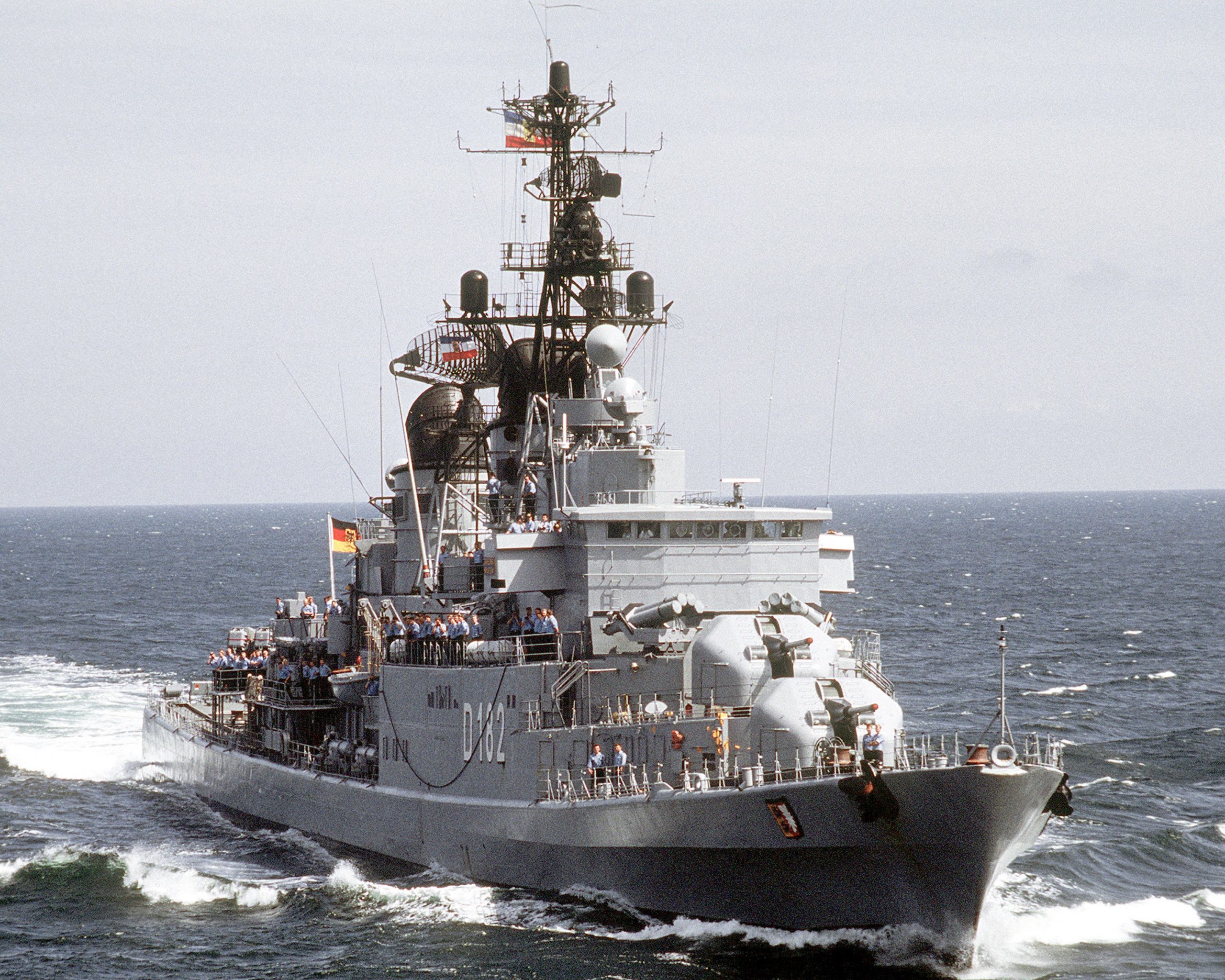
Foreign users of IAI Kfir
Colombian Kfir C-7 FAC 3040 with two additional fuel tanks and two laser-guided IAI Griffin semi-active bombs.
Israel Aircraft Industries first offered Kfir aircraft to foreign customers in 1976, which immediately aroused the interest of several countries. "Kfir" was at that time one of the few multi-purpose aircraft with high combat effectiveness available at an affordable price. Its main market competitors were: the American Northrop F-5 Tiger II, the French hang glider Dassault Mirage III / 5 and the same manufacturer, but a conceptually different Mirage F1.
Potential contractors include: Austria, Switzerland, Iran, Taiwan, the Philippines and, above all, the countries of South America. However, the negotiations started at that time in all cases ended in failure - in Austria and Taiwan for political reasons, in other countries - due to lack of funds. Elsewhere, the problem was that Kfir was driven by an engine from the United States, so for its export to other countries through Israel, the consent of the American authorities was required, which at that time did not accept all of Israel's steps towards neighbors, which affected relations. After the victory of the Democrats in the 1976 elections, the administration of President Jimmy Carter came to power, which officially blocked the sale of an aircraft with an American engine and equipped with some systems from the United States to third world countries. It was for this reason that preliminary negotiations had to be interrupted with Ecuador, which eventually acquired Dassault Mirage F1 (16 F1JA and 2 F1JE) for its aircraft. The real reason for the restrictive approach of the Americans to the export of Kfirov with the General Electric J79 engine in the second half of the 70s was the desire to cut off competition from their own manufacturers. Examples include Mexico and Honduras, which showed interest in Kfir and were eventually "persuaded" into buying Northrop F-5 Tiger II fighter jets from the US.
The position of Israel Aircraft Industries' flagship product in the world markets has clearly improved since the Ronald Reagan administration came to power in 1981. The unofficial embargo was lifted, but the passage of time acted against IAI and the only consequence of the new deal was the conclusion in 1981 of a contract for the supply of 12 vehicles of current production to Ecuador (10 S-2 and 2 TS -2, delivered in 1982-83). Later Kfirs went to Colombia (1989 contract for 12 S-2s and 1 TS-2, delivery 1989-90), Sri Lanka (6 S-2s and 1 TS-2, delivery 1995-96, then 4 S-2, 4 S-7 and 1 TC-2 in 2005), as well as the USA (leasing 25 S-1 in 1985-1989), but in all these cases these were only cars removed from weapons in Hel HaAvir.
The 80s were not the best time for Kfir, as much more advanced and combat-ready American-made multi-purpose vehicles appeared on the market: the McDonnell Douglas F-15 Eagle, the McDonnell Douglas F / A-18 Hornet and, finally, the General Dynamics F -16 Combat falcon; French Dassault Mirage 2000 or Soviet MiG-29. These machines surpassed the “improvised” Kfira in all main parameters, so “serious” customers preferred to buy new, promising aircraft, the so-called. 4th generation. Other countries, usually for financial reasons, have decided to upgrade previously operated MiG-21, Mirage III / 5 or Northrop F-5 vehicles.
Before we go into a detailed look at the individual countries in which Kfiry has used or even continues to operate, it is also appropriate to present the history of its export versions, through which IAI intended to break the "magic circle" and finally enter the market. success. With Argentina in mind, the first major contractor interested in Kfir, IAI prepared a specially modified version of the C-2, designated C-9, equipped with, among other things, a TACAN navigation system powered by a SNECMA Atar 09K50 engine. In Fuerza Aérea Argentina, it was supposed to replace not only the Mirage IIIEA machines used since the early 70s, but also the IAI Dagger aircraft (an export version of IAI Neszer) supplied by Israel. Due to the reduction of the defense budget of Argentina, the contract was never concluded, and hence the delivery of vehicles. Only a small-stage modernization of the "Daggers" to the final Finger IIIB standard was carried out.
Next was the ambitious Nammer program, which the IAI began promoting in 1988. The main idea was to install on the Kfira airframe a more modern engine than the J79, as well as new electronic equipment, mainly intended for the new generation Lawi fighter. Three twin-flow gas turbine engines were considered as the power unit: the American Pratt & Whitney PW1120 (originally intended for Lawi) and the General Electric F404 (possibly its Swedish version of the Volvo Flygmotor RM12 for the Gripen) and the French SNECMA M-53 (Mirage 2000 to drive). The changes were to affect not only the power plant, but also the airframe. The fuselage was supposed to be lengthened by 580 mm by inserting a new section behind the cockpit, where some blocks of the new avionics were to be placed. Other new items of equipment, including a multifunctional radar station, were to be located in a new, enlarged and lengthened bow. Upgrading to the Nammer standard was proposed not only for the Kfirs, but also for the Mirage III / 5 vehicles. However, IAI was never able to find a partner for this complex and expensive venture - neither Hel HaAvir nor any foreign contractor was interested in the project. Although, in more detail, some of the solutions planned for use in this project eventually ended up with one of the contractors, albeit in a heavily modified form.

